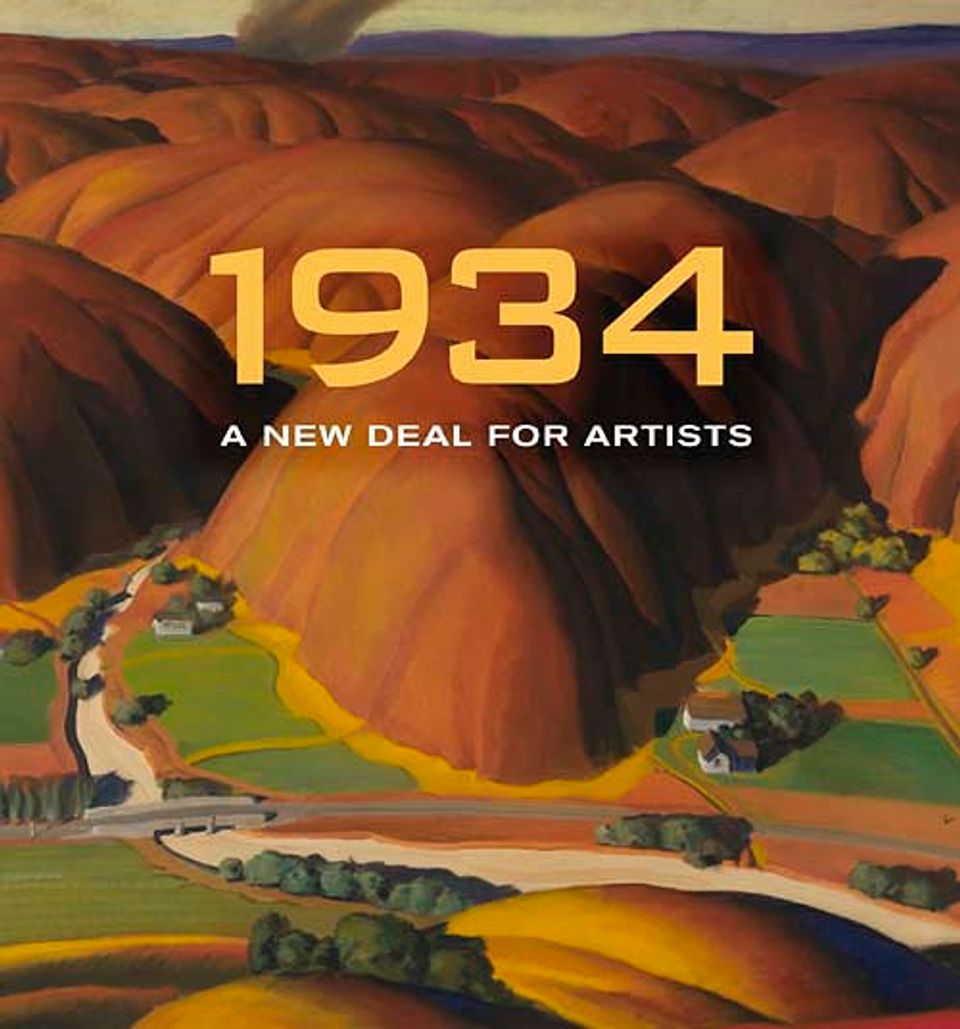Artwork Details
- Title
- Sketch of Old Baltimore Waterfront
- Artist
- Date
- 1934
- Location
- Not on view
- Dimensions
- 18 1⁄8 x 14 1⁄8 in. (46.0 x 36.0 cm.)
- Credit Line
- Transfer from the U.S. Department of Labor
- Mediums
- Mediums Description
- oil on fiberboard
- Classifications
- Subjects
- New Deal — Treasury Section of Painting and Sculpture — Maryland
- Architecture Exterior — commercial — warehouse
- Cityscape — wharf
- Figure group — male
- Architecture — boat — sailing ship
- Study
- Cityscape — Maryland — Baltimore
- Object Number
- 1964.1.187
Artwork Description
This painting is thus set before Maril’s birth in 1908, in an era cut off from the artist’s life time by the disastrous fire of 1904 that destroyed Baltimore’s inner harbor docks along with much of the city. Maril’s wife recalled that the artist "took pleasure in looking at the architecture and changes in the city over the years," particularly enjoying "the harbor where he walked with his father." Baltimore's vanished past remained key to Maril's personal conception of the American scene.
1934: A New Deal for Artists exhibition label














